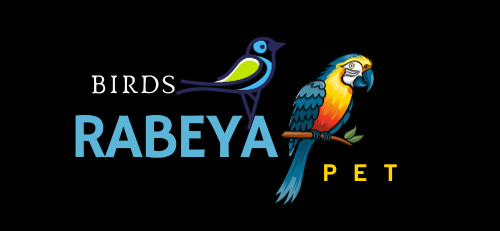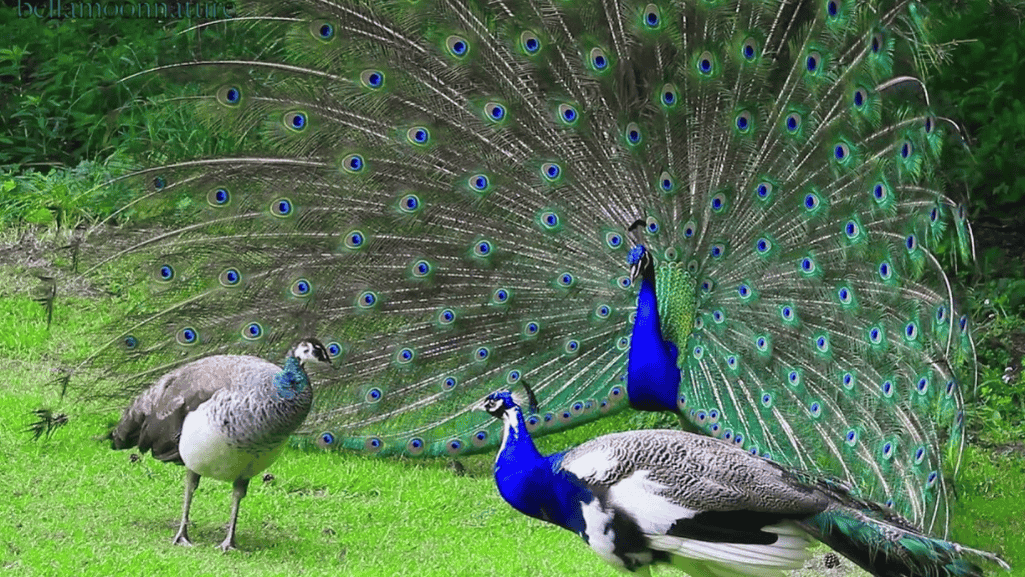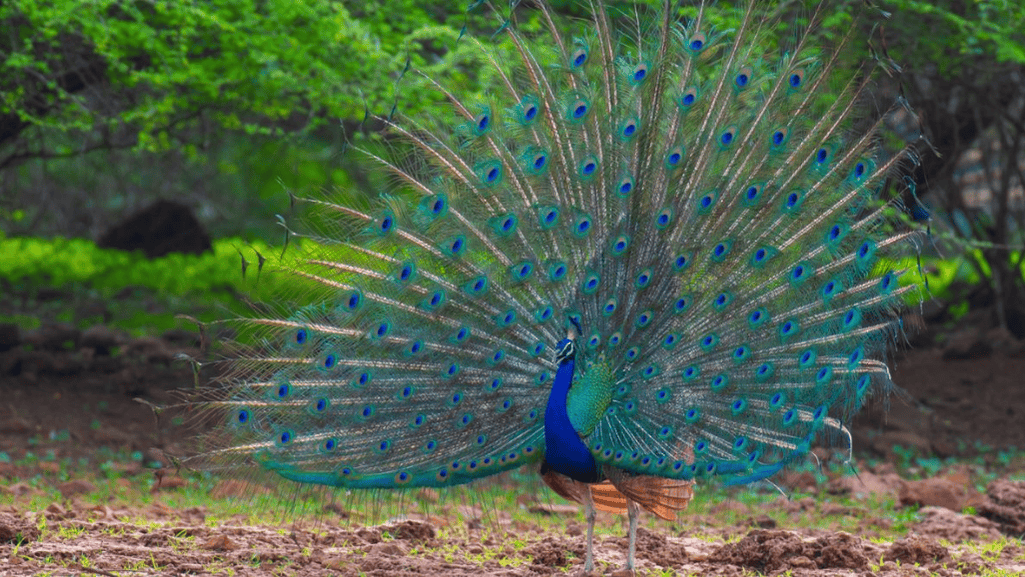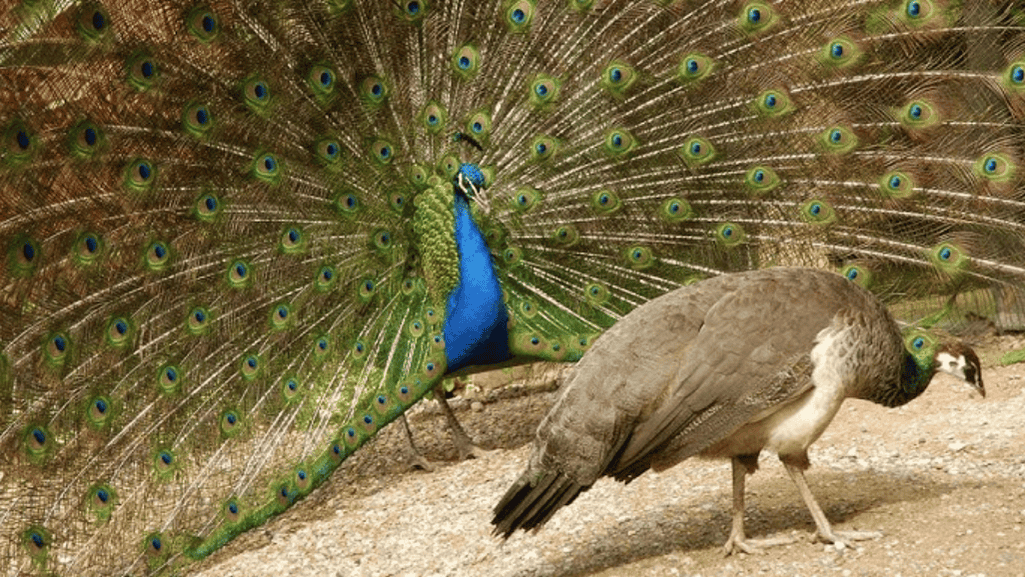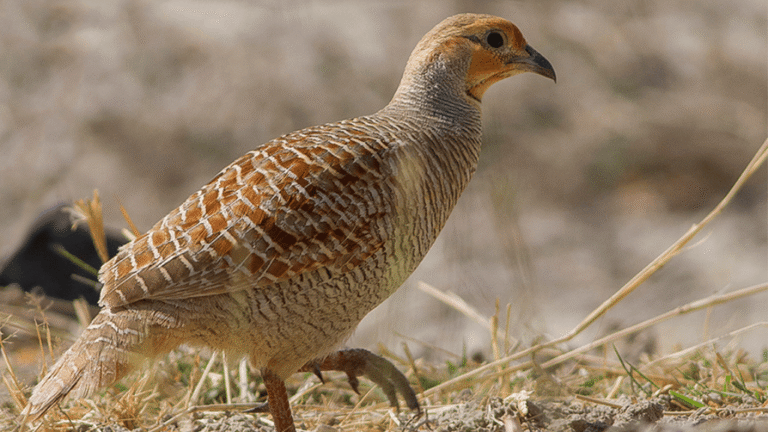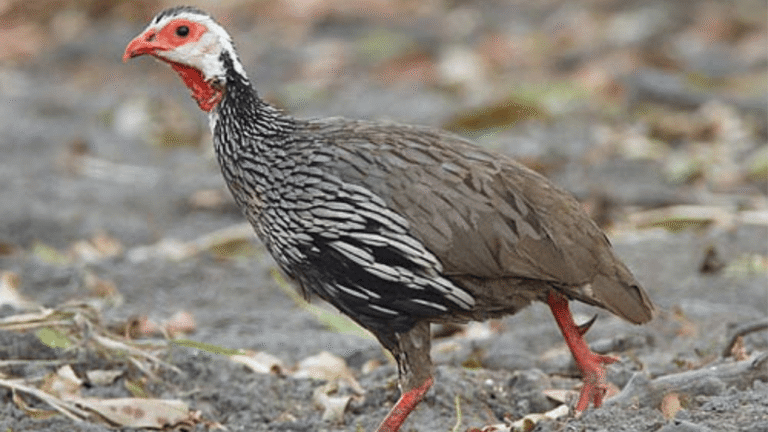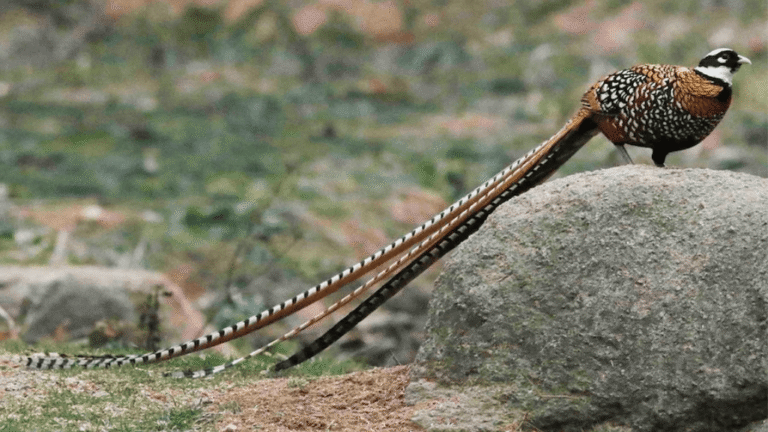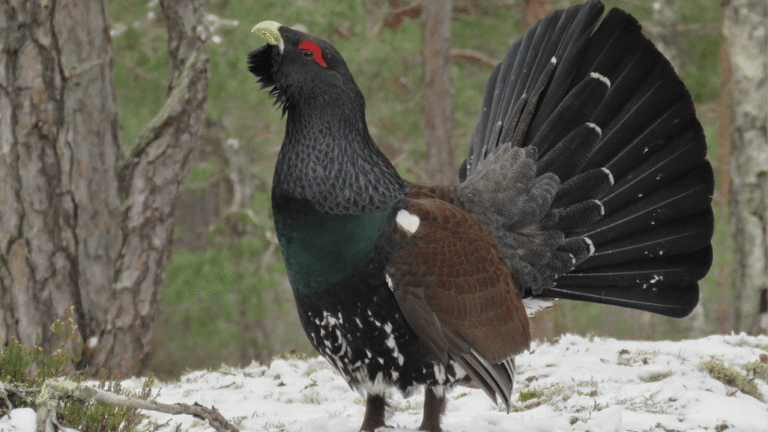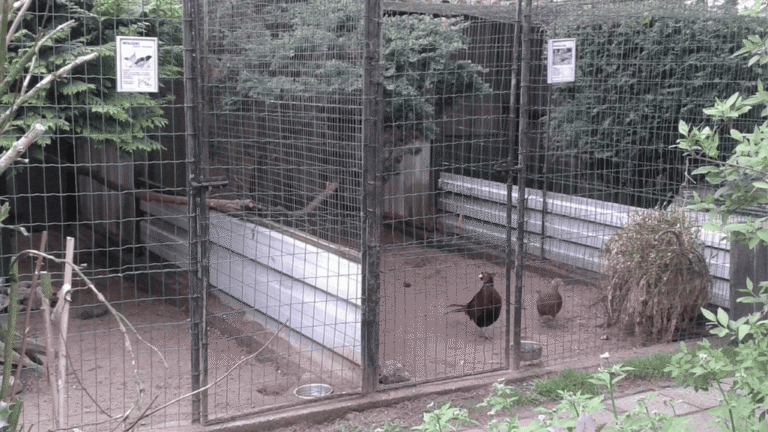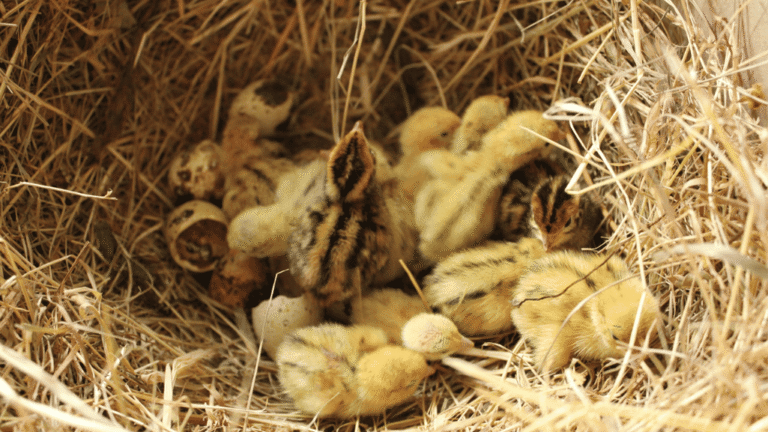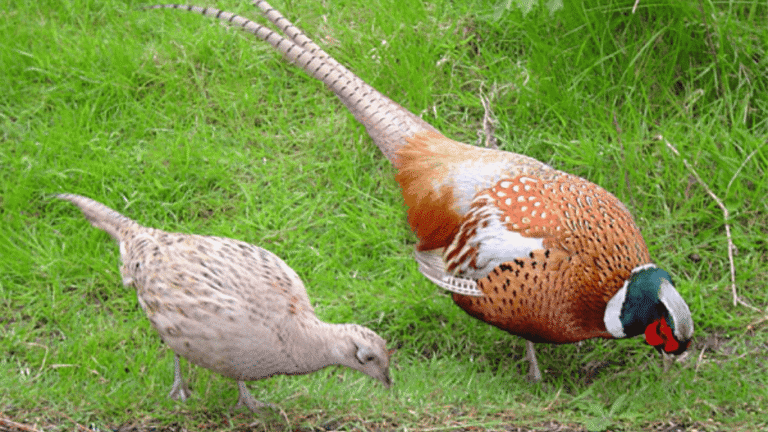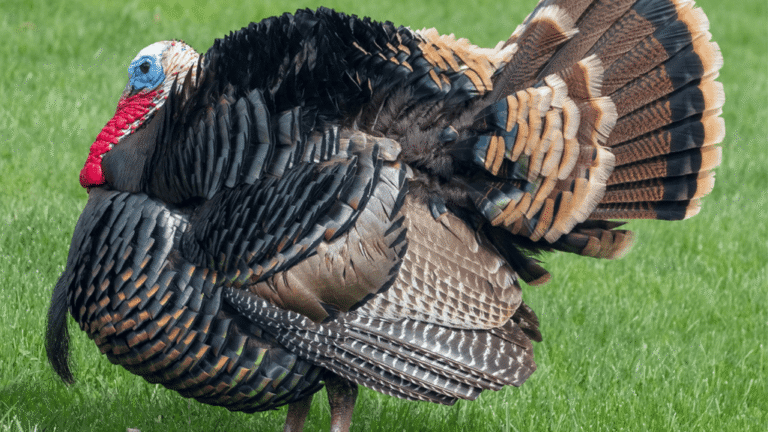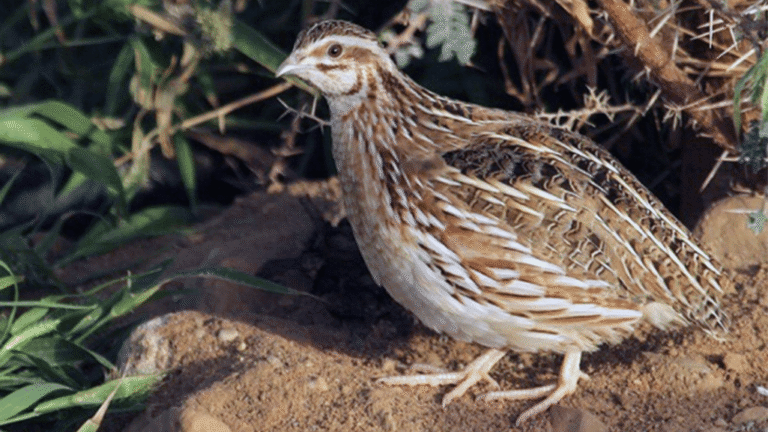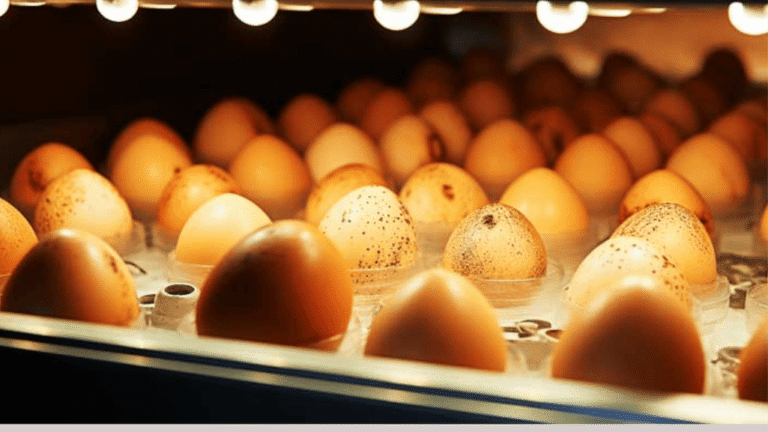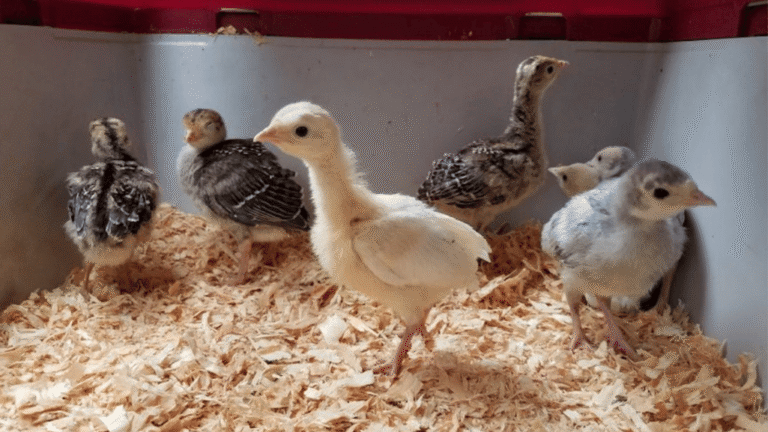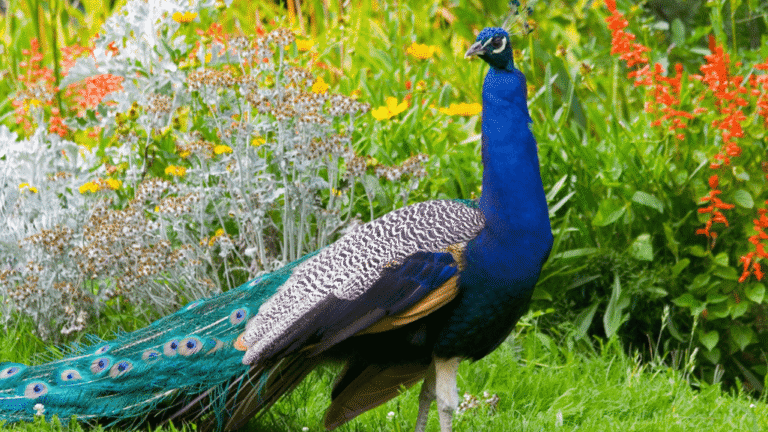Peafowl, also known as peacocks and peahens, are renowned for their spectacular courtship displays during the mating season. These behaviors serve as a way for the males to attract the attention of the females and increase their chances of reproduction.
The peacock breeding displays are characterized by the stunning tail feathers of the male. They fan them out in a glorious formation while shaking them to create a rustling sound. This visual and auditory spectacle is intended to captivate the peahens and convey the male’s fitness as a potential mate.
Peafowl mating season typically occurs during the spring and summer months when the birds are most active in their courtship rituals. Peahen courtship rituals are equally fascinating, as they engage in selective attention to evaluate and choose their potential partners based on specific display traits.
To provide a deeper understanding of peafowl mating behaviors, we will explore the role of male display traits, the selective attention of peahens, the function of behavioral display components, the science behind peacock feathers, and the influence of peahen preference in sexual selection.
Key Takeaways:
- Peafowl engage in elaborate courtship displays during mating season, with males showcasing their stunning tail feathers in a fan formation while shaking them to attract females.
- Peafowl mating season typically occurs during the spring and summer months, when the birds are most active in their courtship rituals.
- Peahens have a selective attention mechanism when evaluating male peafowl displays, focusing on specific components of the display to assess the quality and fitness of potential mates.
- Behavioral display components, such as train rattling and wing shaking, play a significant role in capturing and maintaining the attention of peahens.
- The exquisite beauty of peacock feathers is due to a phenomenon called thin-film interference, which creates vibrant and iridescent patterns.
The Role of Male Display Traits
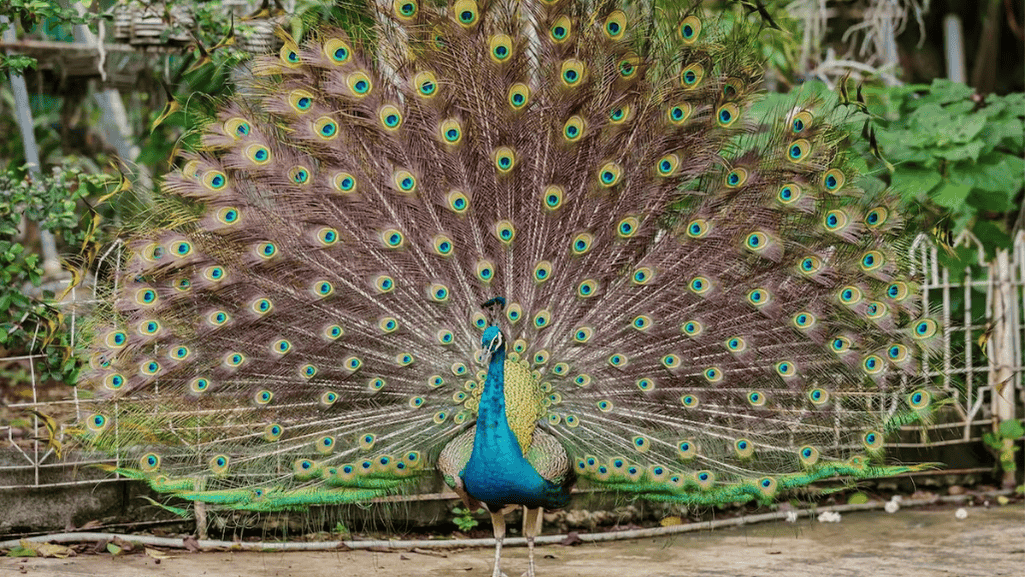 Male peafowls have evolved elaborate display traits to capture the attention of peahens. These traits include the peacock mating dance, where the male spreads his tail feathers in a fan-like display and shakes them to create a rustling sound. This dance is a form of territorial behavior, signaling to other males that a particular area is claimed for mating purposes. The more vibrant and impressive the display, the more likely the male is to attract a female mate.
Male peafowls have evolved elaborate display traits to capture the attention of peahens. These traits include the peacock mating dance, where the male spreads his tail feathers in a fan-like display and shakes them to create a rustling sound. This dance is a form of territorial behavior, signaling to other males that a particular area is claimed for mating purposes. The more vibrant and impressive the display, the more likely the male is to attract a female mate.
To illustrate, here’s an example of a typical peacock mating dance:
“The male peacock finds a suitable spot in his territory and begins his courtship dance. He spreads his tail feathers in a magnificent fan formation, which serves as a visual spectacle for the peahens nearby. As he shakes his feathers, they produce a distinctive rustling sound, further captivating the attention of potential mates. This display showcases his strength, genetic fitness, and ability to provide for offspring, making him a desirable choice for the peahens.”
Peacock mating dances not only mesmerize the females but also intimidate other males, establishing dominance over the territory. This territorial behavior is a competitive strategy employed by male peafowls to gain an advantage in the mating game.
Selective Attention in Peahens
When it comes to evaluating male peafowl displays, peahens exhibit a fascinating selective attention mechanism. Research suggests that peahens focus their attention primarily on specific components of the male’s display, particularly the lower train of the tail feathers. These females selectively ignore other highly conspicuous components like the head, crest, and upper train. This selective attention plays a crucial role in peahen mate selection, allowing them to assess the quality and fitness of potential mates based on specific display traits.
By focusing on the lower train of tail feathers, peahens gain valuable information about the genetic quality and reproductive potential of the males. This aspect of selective attention in peahens demonstrates their discernment in the process of mate selection. By honing in on specific display traits, peahens can make informed decisions about which males are most likely to contribute to successful reproduction.
Through selective attention, peahens prioritize certain components of male peafowl displays, offering valuable insights into their preferred mate characteristics. This process ensures that peahens allocate their reproductive efforts to males with desirable display traits, increasing the chances of producing offspring with advantageous genetic qualities. Selective attention in peahens represents an essential aspect of peafowl reproduction habits and contributes significantly to the dynamics of mate selection.
“Peahens have a remarkable ability to selectively attend to specific components of male peafowl displays, focusing on those that convey important information about genetic quality and reproductive fitness.”
The Role of Display Traits
Distinct components of male peafowl displays play crucial roles in attracting peahen attention and influencing mate selection. By understanding the specific display traits that peahens prioritize, we gain valuable insights into the complex dynamics of peafowl courtship. Below is a table that highlights some of the key display traits and their significance in peahen mate selection:
| Display Trait | Significance |
|---|---|
| Lower Train of Tail Feathers | Peahens primarily focus on this component during mate evaluation. |
| Head and Crest | While visually striking, peahens tend to selectively ignore these components in favor of the lower tail feathers. |
| Upper Train of Tail Feathers | Peahens usually allocate less attention to this component compared to the lower tail feathers. |
Understanding the hierarchy of display traits that peahens prioritize is crucial for comprehending the intricacies of peafowl reproduction habits. The selective attention demonstrated by peahens reveals their nuanced decision-making process in mate selection and sheds light on the specific characteristics that influence their reproductive choices.
The Multifaceted Beauty of Peafowl Mating
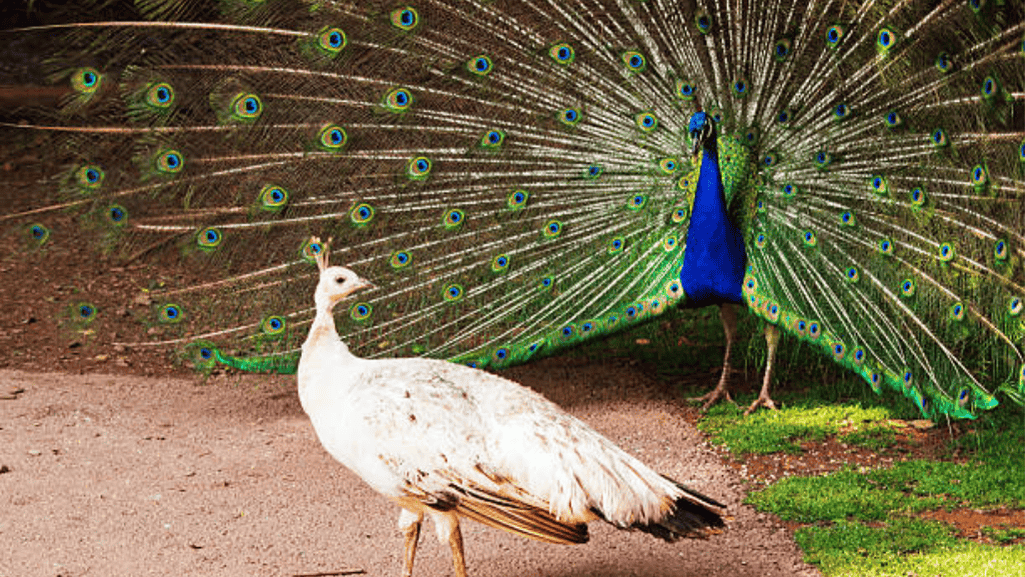 Peahens’ selective attention not only shapes their mate selection process but also contributes to the overall beauty and complexity of peafowl mating behaviors. By focusing on specific display traits, peahens favor males with the most impressive and appealing characteristics, enhancing the vibrancy and effectiveness of peacock courtship displays.
Peahens’ selective attention not only shapes their mate selection process but also contributes to the overall beauty and complexity of peafowl mating behaviors. By focusing on specific display traits, peahens favor males with the most impressive and appealing characteristics, enhancing the vibrancy and effectiveness of peacock courtship displays.
The selective attention mechanism in peahens ensures that the most attractive males receive the highest mate preference, leading to increased reproductive success and the perpetuation of desirable genetic traits within peafowl populations. This process of sexual selection has played a significant role in shaping the extravagant display behaviors and intricate plumage patterns observed in the peacock population.
Peafowl mating rituals continue to captivate researchers and enthusiasts alike, serving as a remarkable example of nature’s endless ingenuity and the power of selective attention in shaping reproductive strategies.
The Function of Behavioral Display Components
Behavioral display components, such as train rattling and wing shaking, play a significant role in capturing and maintaining the attention of peahens during courtship. These behaviors are effective in promoting the evolution of multicomponent displays in male peafowls, showcasing their vitality and genetic fitness.
Train rattling, characterized by the rapid and rhythmic vibration of the tail feathers, creates a distinct sound that adds to the overall spectacle of the peacock’s display. The vibrations produce a rattling effect, similar to the rustling of leaves, which intensifies the auditory experience for the female peahens.
Wing shaking is another attention-grabbing behavior exhibited by male peafowls. By vigorously flapping their wings, they create a visual spectacle that complements the vibrant colors of their plumage. The combination of train rattling and wing shaking creates a captivating sensory experience for peahens and enhances the overall attractiveness of the display.
The integration of these multicomponent displays showcases the coordination and integration of various display behaviors during peafowl courtship. The synchronized movements of the tail feathers and wings create a mesmerizing visual and auditory feast, captivating the attention of the peahens and increasing the chances of successful mating.
The Impact of Multicomponent Displays
The evolution of multicomponent displays in male peafowls can be attributed to their effectiveness in attracting female mates. Research suggests that the complexity and coordination of these displays serve as reliable indicators of male genetic quality, overall health, and vigor. Consequently, peahens are more likely to choose males with impressive multicomponent displays as their mates.
| Behavioral Display Components | Function |
|---|---|
| Train Rattling | Amplify auditory experience |
| Wing Shaking | Enhance visual spectacle |
| Multicomponent Displays | Indicate genetic fitness and vitality |
“The integration of train rattling and wing shaking creates a captivating sensory experience for peahens, increasing the chances of successful mating.”
The table above summarizes the various behavioral display components and their functions in peafowl courtship. These behaviors, along with other display traits, contribute to the overall attractiveness and success of male peafowls in mating.
Peacock Feathers and Thin-Film Interference
The exquisite beauty of peacock feathers is a result of a fascinating phenomenon known as thin-film interference. This optical effect gives rise to the vibrant and iridescent patterns observed in the feathers, captivating the eyes of anyone who beholds them.
The intricate structures within the feathers, including the arrangement of barbules and the presence of thin films, contribute to the creation of these mesmerizing patterns. One of the most stunning features of peacock feathers is the eye patterns, which display a remarkable degree of brightness and precision.
“These vibrant patterns seem to draw you in, capturing the imagination and leaving an indelible impression. The intricate details and precise arrangement of colors within the eye patterns showcase nature’s incredible artistry.” – Dr. Stephanie O’Brien, Avian Biologist
The phenomenon of thin-film interference occurs when light waves interact with thin films or layers of different refractive indices. As light hits the surface of the thin film, it reflects and refracts, leading to interference between the incoming and reflected waves. This interference produces various colors depending on the film’s thickness and refractive index, resulting in the brilliant hues observed in peacock feathers.
The mesmerizing beauty of peacock feathers not only serves to attract potential mates but also acts as a form of communication within the peafowl community. The male’s vibrant plumage communicates his genetic fitness and overall health to potential mates, while also deterring rival males from encroaching upon his territory.
Peacock feathers are a testament to the wonders of nature’s design and the interplay of light and structure. They remind us of the incredible diversity and beauty that can be found in the natural world.
Peahen Preference and Sexual Selection
When it comes to selecting their mates, peahens have distinct preferences that play a significant role in sexual selection. These preferences are based on specific display traits that indicate good genes and fitness in male peafowls. Peahens are more likely to choose males with elaborate and vibrant display traits, such as a larger number of eyespots on the tail feathers and a longer ‘fishtail’ feather.
This preference for specific display traits has been linked to higher mating success in certain populations. The males that possess these desired traits are more likely to attract and successfully mate with peahens, increasing their reproductive success.
These findings highlight the importance of sexual selection in peafowl reproduction habits. Peahens’ selection of mates based on their display traits contributes to the evolution and maintenance of these elaborate behaviors. By choosing males with attractive display traits, peahens increase the likelihood of passing on desirable genetic traits to their offspring.
The role of sexual selection is crucial in shaping the behavior and appearance of male peafowls. Over time, the preference for specific display traits in peahens leads to the perpetuation and enhancement of these traits in males, ultimately aiding in their mating success.
Peahens’ preference for elaborate display traits not only highlights their selective attention but also showcases the power of sexual selection in shaping the evolution of species. By choosing mates with attractive and desirable traits, peahens play a vital role in driving the evolution of peafowl populations.
Overall, the peahen’s preference for specific display traits and their role in sexual selection is a fascinating aspect of peafowl courtship behavior. It demonstrates the significance of visual cues in mate selection and the role of female choice in shaping the evolution of species.
Conclusion
Peafowl behavior is a fascinating display of nature’s beauty and the complexities of courtship in the animal kingdom. Male peafowls, or peacocks, engage in elaborate courtship displays to attract their female counterparts, known as peahens. These displays involve the extravagant fan formations of their tail feathers, accompanied by shaking them to create a distinct rustling sound and emitting loud calls.
Peahens, on the other hand, have selective attention when evaluating potential mates. They focus primarily on specific display traits, especially the lower train of the tail feathers, to assess the quality and attractiveness of males. This selective mate selection process highlights the crucial role of courtship displays in peafowl behavior and mate selection.
The coordination of display components, such as train rattling and wing shaking, contributes to the overall success of males in attracting females. Additionally, the intricate structures and thin-film interference in peacock feathers produce the stunning patterns and vibrant colors observed. These visual features enhance the attractiveness and competitiveness of males during courtship.
Peafowl behavior is a result of sexual selection, with peahens preferring males with attractive display traits. Their preferences have been linked to higher mating success, as these traits are believed to signal good genes and fitness. Overall, peafowl courtship displays and mate selection strategies provide a captivating example of how animals showcase their beauty and compete for reproductive success.
FAQ
What are peafowl mating behaviors?
Peafowl engage in elaborate courtship displays during the mating season, including showcasing their stunning tail feathers in a fan formation and shaking them to create a rustling sound.
What is the role of male display traits in peafowl mating?
Male peafowls use their display traits, such as the peacock mating dance and territorial behavior, to attract the attention of female peahens and signal their availability for mating.
How do peahens select their mates?
Peahens have a selective attention mechanism and primarily focus on specific display traits, such as the lower train of tail feathers, when evaluating potential mates.
What is the function of behavioral display components in peafowl courtship?
Behavioral display components, such as train rattling and wing shaking, play a significant role in capturing and maintaining the attention of peahens and contribute to the overall attractiveness of male peafowls.
How do peacock feathers get their vibrant colors and patterns?
The exquisite beauty of peacock feathers is due to a phenomenon called thin-film interference, which produces colorful and iridescent patterns. The intricate structure of the feathers and the arrangement of barbules contribute to their vibrant colors.
What are peahen preferences and sexual selection?
Peahens have distinct preferences when selecting mates, tending to choose males with elaborate and vibrant display traits. These traits are indicative of good genes and fitness, and peahens’ preferences play a significant role in sexual selection.
What can we learn from peafowl mating behaviors?
Peafowl mating behaviors involve captivating courtship displays, mate selection based on specific traits, and the evolution of intricate display components and feather structures. They highlight the beauty of nature and the power of sexual selection.

